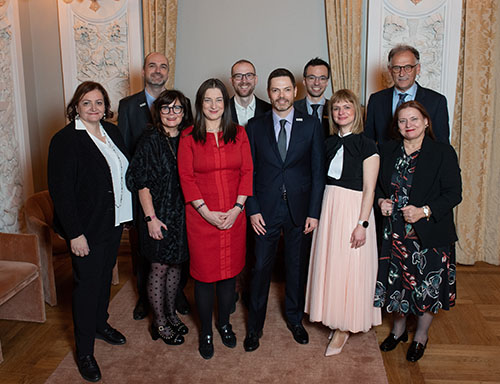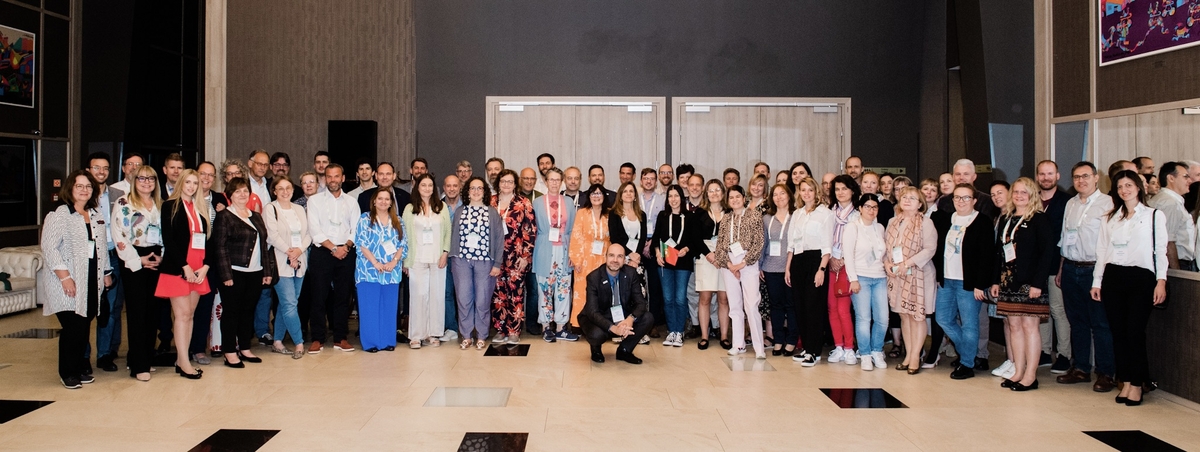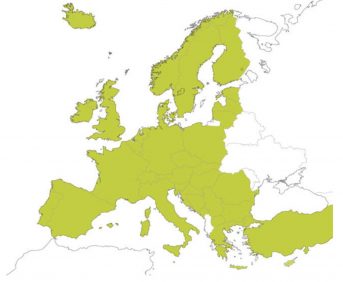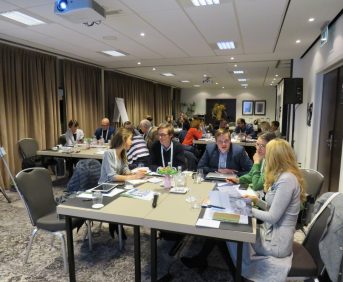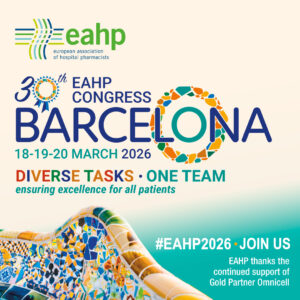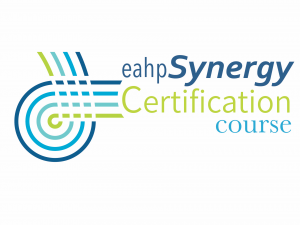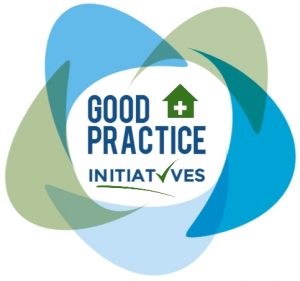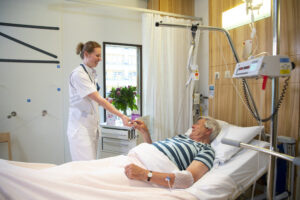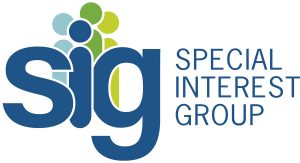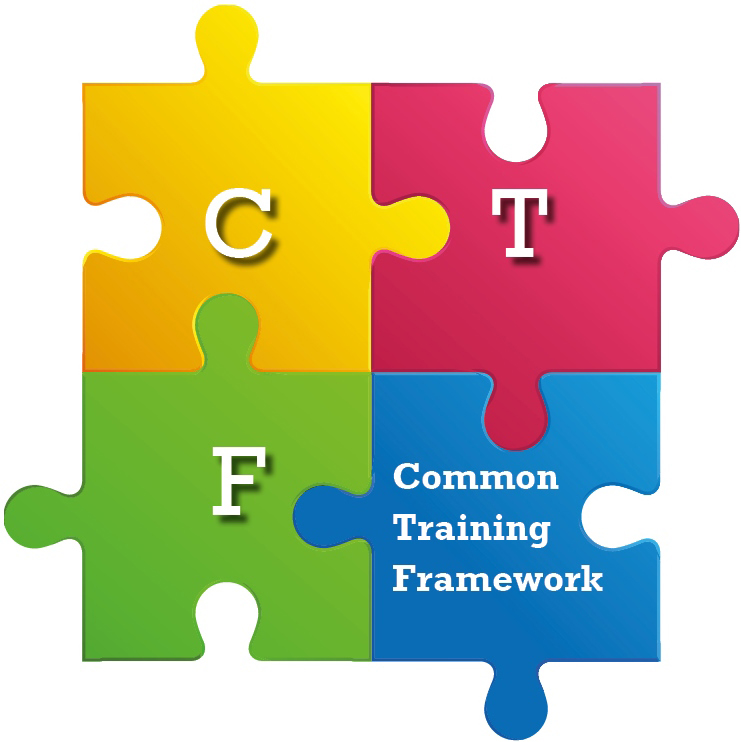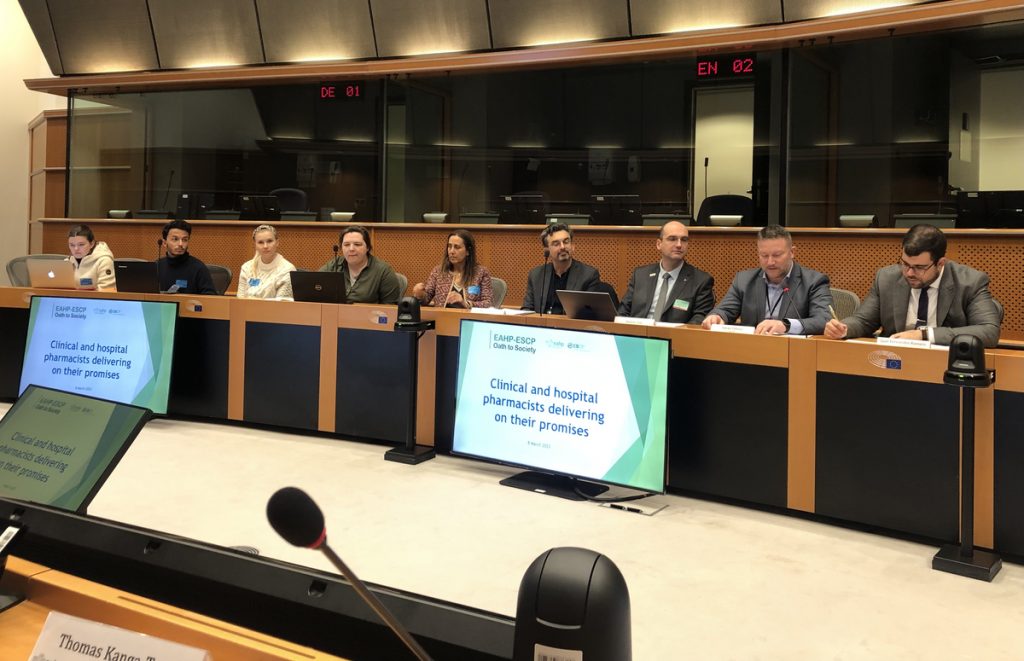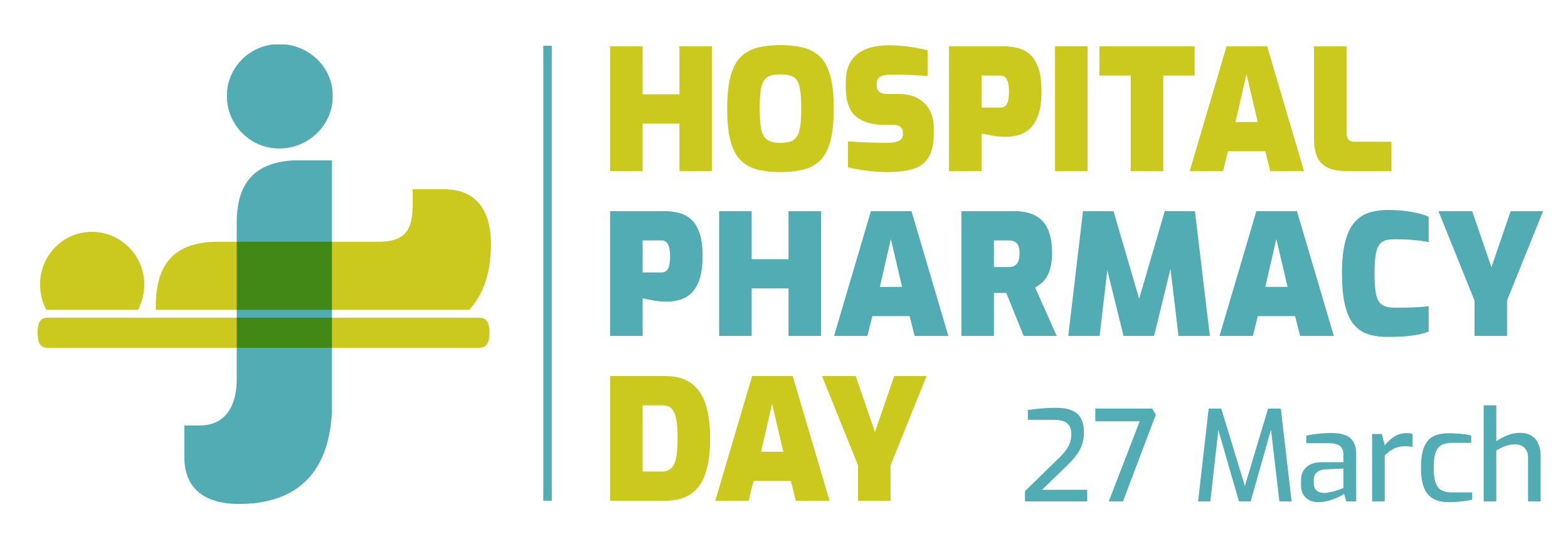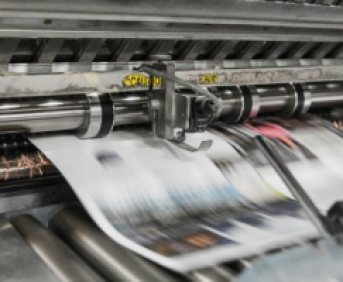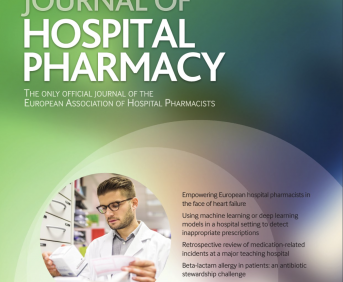Safety Team, a team to promote a safety culture in the Pharmacy Service
Pdf

European Statement
Patient Safety and Quality Assurance
Author(s)
Laura Doménech Moral, Raquel López Martínez, Maria Eugenia Palacio Lacambra, Emili Vallvé Alcon, Ángel Arévalo Bernabé, María Guerra González, Maria Queralt Gorgas Torner
Why was it done?
At PS Vall d’Hebron, one of our strategic objectives is to enhance the patient safety culture internally and externally within PS.
What was done?
Establishment of a core safety team within the Pharmacy Service (PS) with representatives from various areas and positions, along with established activities and indicators: the Safety Team.
How was it done?
By organising internal meetings of the Safety team to manage, lead, and plan activities related to medication safety. These activities include:
Advising on and/or managing medication safety incidents reported to the Patient Safety Incident Notification System of Catalonia (SNiSP) Vall d’Hebron.
Conducting biweekly “5 minutes of safety” meetings between pharmacy technicians and a member of the Safety team in the General, Maternal-Infant, Trauma, Outpatient, and Oncology-Haematology areas. In each meeting, the minutes from the previous one are reviewed to report on agreements and progress related to the topics discussed. Incidents reported to SNiSP related to medication dispensing and logistics are discussed, and there is an open discussion for technicians to share safety issues, questions, and medication-related incidents. These situations (reported incidents and those detected by technicians) are collectively analysed to propose prevention measures. Minutes of each meeting are documented and made available in a shared resource.
Weekly “safety pearls” presentations where sentinel medication incidents are presented, along with root cause analysis, by a representative of the Safety team. Situations that have led to medication incidents/errors in prescription and treatment validation are also discussed, along with proposed prevention measures by other PS members.
Conducting sessions related to safety during PS Sessions to present the actions taken by the safety core team and its collaboration with the Hospital’s Error Prevention Subcommittee.
What has been achieved?
More than 100 medication incidents reported to SNiSP have been managed.
Over 50 meetings with PS technicians, resulting in more than 45 improvement actions derived from notifications and detected issues, such as creating infographics for proper medication identification (everolimus, vitamin D), improving the urgent medication dispensing process without a prescription, or enhancing the management of “off-label” medications.
Around 20 safety pearls involving all pharmacists, leading to the creation of protocols, default guidelines, and updates to prescription and administration advice in the prescription programme.
Two annual patient safety-related sessions.
What next?
Continuing to enhance the safety culture through sessions and meetings involving various stakeholders, implementing an online medication error prevention course, and expanding the team.
